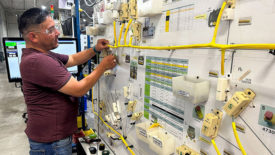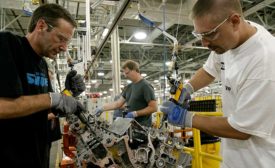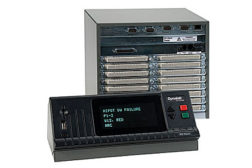Home » Keywords: » wire harnesses
Items Tagged with 'wire harnesses'
ARTICLES
Wire Harness Assembly: Business Outlook
Harness assemblers took a hit in 2020, but the economic forecast for 2021 looks better.
April 20, 2021
Never miss the latest news and trends driving the manufacturing industry
Stay in the know on the latest assembly trends.
JOIN TODAY!Copyright ©2024. All Rights Reserved BNP Media.
Design, CMS, Hosting & Web Development :: ePublishing




